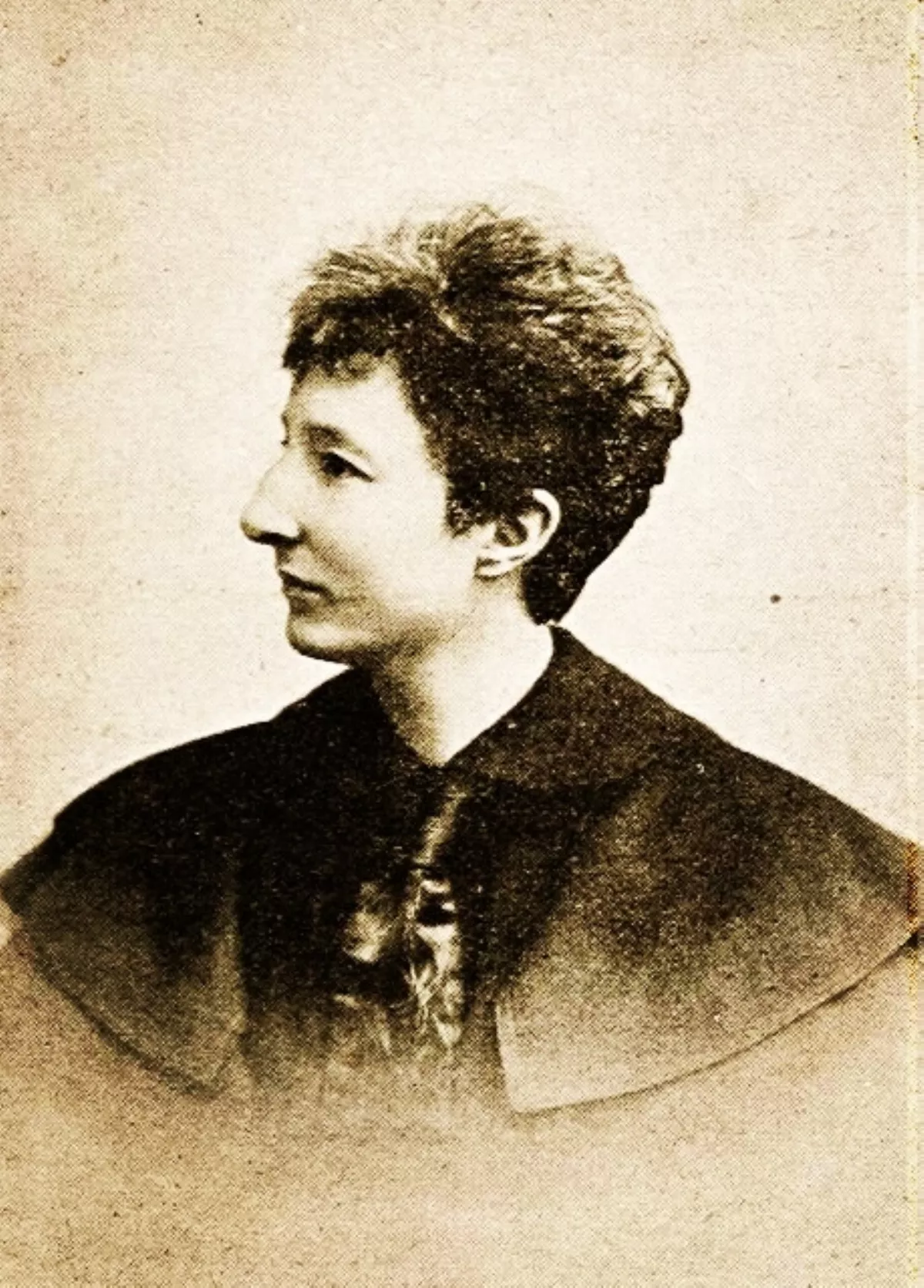 1.
1. Anita Theodora Johanna Sophie Augspurg was a German jurist, actress, writer, activist of the radical feminist movement and a pacifist.

 1.
1. Anita Theodora Johanna Sophie Augspurg was a German jurist, actress, writer, activist of the radical feminist movement and a pacifist.
Anita Augspurg attended a private women's school between 1864 and 1873, then started work in her father's Verden law practice, where she worked until she reached the age of majority.
Anita Augspurg passed the Prussian state test for teachers at an Hohere Madchenschule in 1879.
Anita Augspurg went to the University of Zurich, Switzerland, because women in Germany still did not have equal access to universities.
Anita Augspurg completed her studies with a doctorate in 1897, the first doctor of law of the German Empire.
Meanwhile, in 1895 Anita Augspurg had begun to collaborate with the newspaper Die Frauenbewegung, writing articles denouncing the discrimination to which she was subjected in social legislation, describing in particular marriage as a form of legalised prostitution.
At the turn of the century, Anita Augspurg campaigned for women's rights in the German Civil Code: she brought together her political friends, Minna Cauer and Marie Raschke, producing petitions on the new marriage and family law, which was only partially effective.
Anita Augspurg published a sensational "Open Letter" in 1905, in which she appealed for change to the then prevailing patriarchal marriage law to enable entry into "free marriage", in defiance of state-approved marriage.
From 1907 Anita Augspurg contributed to Zeitschrift fur Frauenstimmrecht, and was represented in 1919 in the magazine Die Frau im Staat, in which feminist, radical democratic and pacifist positions were published.
Anita Augspurg collaborated with Kurt Eisner, and after the proclamation of the Weimar Republic in 1918, became a member of the provisional Landtag of Bavaria.
Anita Augspurg was opposed to antisemitism and the nascent Nazism.
Heymann and Anita Augspurg were two major leaders of the German women's movement, during the first 30 years of the 20th century, who combined their feminism with pacifism, insisting that the nations of Europe would be spared future wars only when women had the right to vote.
Anita Augspurg went to live in exile in Switzerland, together with Heymann.